Unconscious + STEMI criteria: activate the cath lab?
Dr. Smith's ECG Blog
JANUARY 21, 2023
ECG met STEMI criteria and was labeled STEMI by computer interpretation. This ECG shows a sinus bradycardia with a normal conduction pattern (normal PR, normal QRS, and normal QTc), normal axis, normal R-wave progression, normal voltages. Hypothermia can also produce bradycardia and J waves, with a pseudo-STEMI pattern.


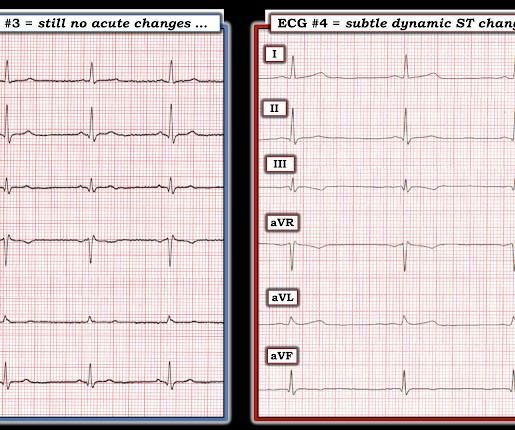


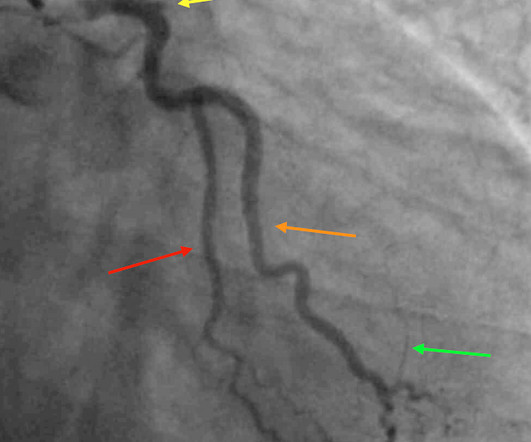
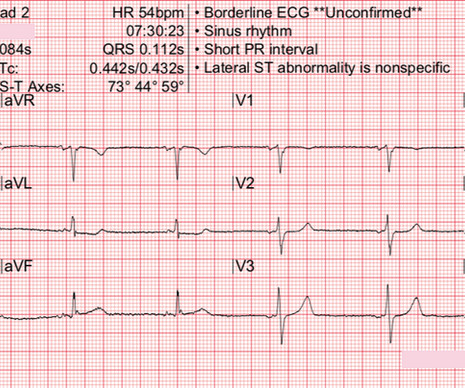

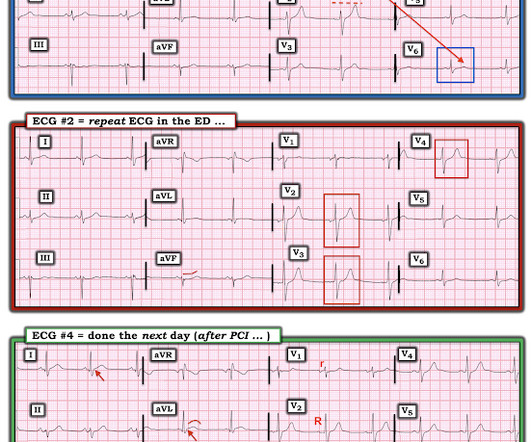

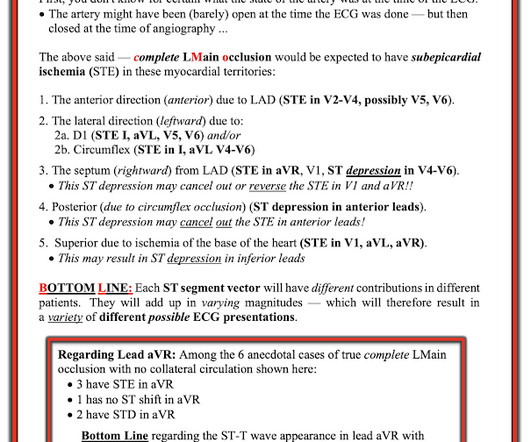
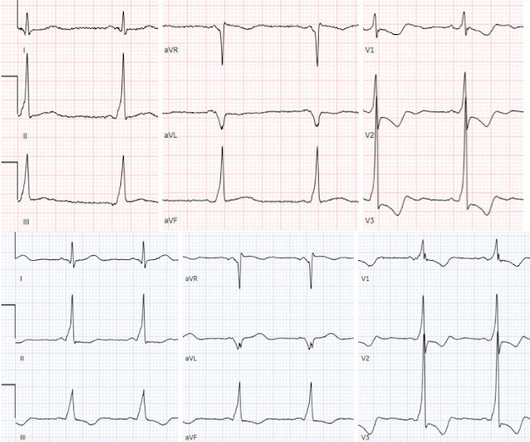


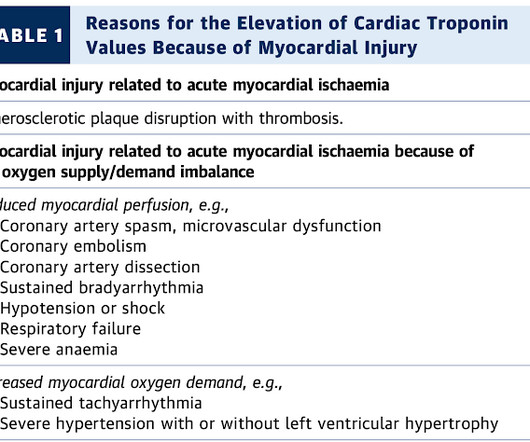

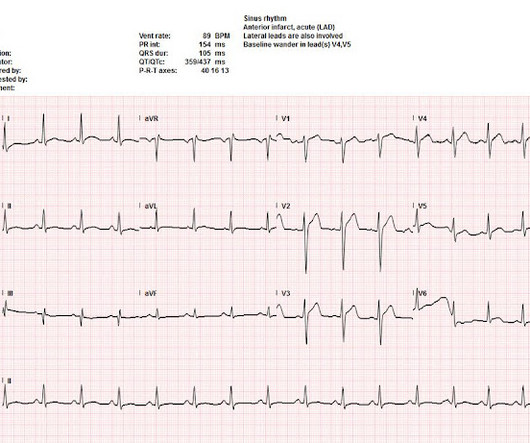
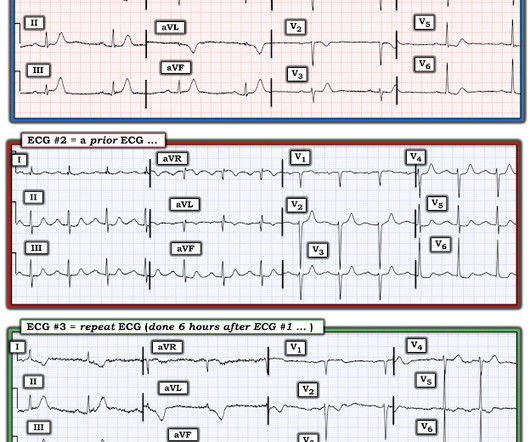
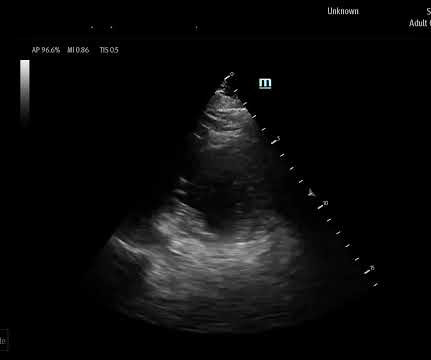
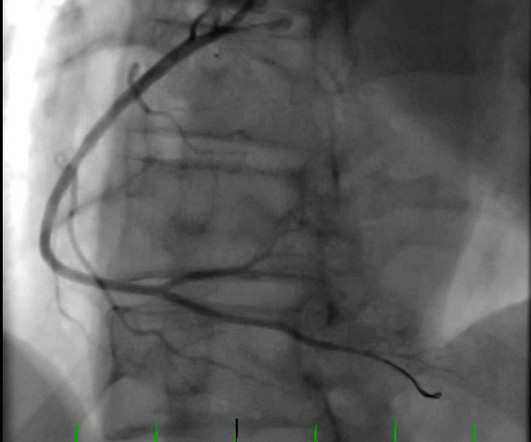






Let's personalize your content